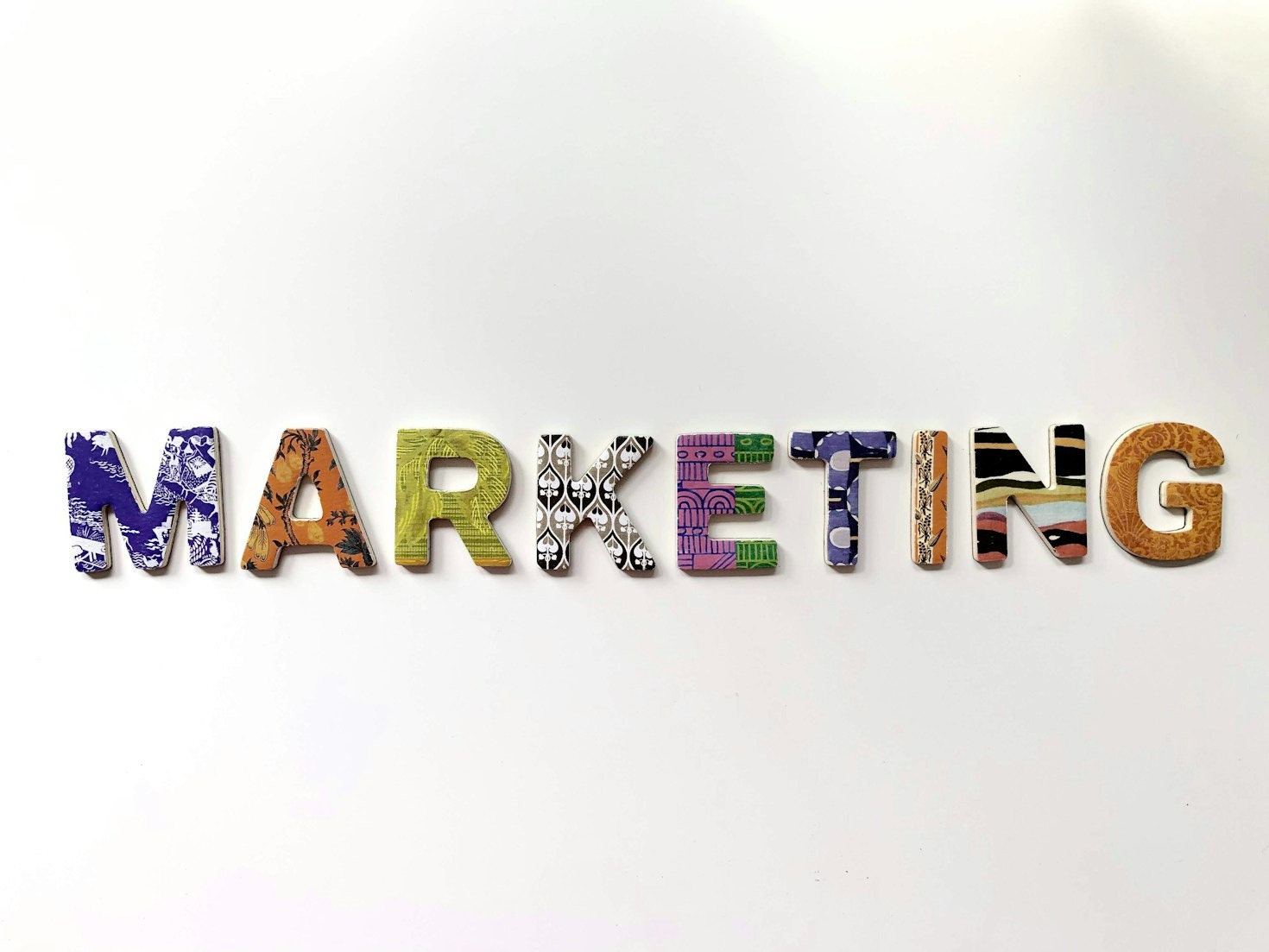In today’s competitive digital landscape, small to medium-sized businesses (SMBs) face a constant challenge: standing out in a crowded marketplace. With limited budgets and resources, SMBs need to invest in marketing strategies that deliver measurable results.
Google Ads and Microsoft Ads—two powerful platforms that can propel your business growth like never before. But why are they essential, and how can they help your business thrive? Let’s dive in.
1. Attention: The Digital Advertising Dilemma for SMBs
Imagine this: you’ve built a fantastic product or service, but potential customers can’t find you. You’re competing with larger companies that dominate search engine results and social media feeds. Organic reach on platforms like Google is shrinking, and social media algorithms are unpredictable.
For SMBs, this is a frustrating reality. Without a strategic approach to digital advertising, your business risks being invisible to your target audience. This is where Google Ads and Microsoft Ads come into play. These platforms allow you to cut through the noise, reach the right people, and drive meaningful results—even with a modest budget.
2. Interest: What Makes Google and Microsoft Ads So Powerful?
Google Ads: The Search Engine Giant
Google processes over 8.5 billion searches per day, making it the most widely used search engine globally. Google Ads allows you to place your business at the top of search results for keywords relevant to your industry. Whether someone is searching for “affordable web design services” or “best coffee shops near me,” you can ensure your business appears front and centre.
Key benefits of Google Ads for SMBs:
- Precise targeting: Reach users based on their search intent, location, and demographics.
- Pay-per-click (PPC) model: You only pay when someone clicks on your ad, making it cost-effective.
- Measurable results: Track clicks, conversions, and ROI in real-time.
Microsoft Ads: The Underrated Contender
While Google dominates the search engine market, Microsoft Ads (formerly Bing Ads) should not be overlooked. Bing powers search engines like Yahoo and DuckDuckGo, collectively holding a 6.5% market share. What makes Microsoft Ads unique?
- Lower competition: Fewer businesses advertise on Bing, meaning lower costs per click (CPC) and higher visibility.
- Older, affluent audience: Bing users tend to be older and have higher disposable incomes, making it ideal for certain industries.
- Seamless integration with Microsoft products: Ads can appear on Outlook, MSN, and other Microsoft platforms.
3. Desire: How Google and Microsoft Ads Drive Growth for SMBs
1. Immediate Visibility
Unlike SEO, which can take months to yield results, Google and Microsoft Ads provide instant visibility. From the moment your campaign goes live, your business can appear in front of potential customers actively searching for your products or services.
2. Cost-Effective Advertising
With PPC advertising, you’re in complete control of your budget. You can start small, test what works, and scale up as you see results. For SMBs with limited budgets, this flexibility is invaluable.
3. Hyper-Targeted Reach
Both platforms allow you to target specific audiences based on location, demographics, and even browsing behaviour. For example, a local bakery can target ads to users within a 5-mile radius searching for “birthday cakes near me.”
4. Data-Driven Decisions
Google and Microsoft Ads provide detailed analytics, so you can see exactly how your campaigns are performing. This data allows you to refine your strategy, allocate your budget wisely, and maximise your ROI.


4. Action: How to Get Started with Google and Microsoft Ads
Ready to harness the power of these platforms? Here’s a step-by-step guide:
- Define Your Goals: Are you looking to increase website traffic, generate leads, or drive sales? Clear goals will shape your campaign strategy.
- Conduct Keyword Research: Use tools like Google Keyword Planner or Microsoft Advertising Intelligence to identify high-intent keywords.
- Create Compelling Ads: Write ad copy that speaks directly to your target audience’s pain points and offers a solution.
- Set a Budget: Start small, monitor performance, and adjust your budget as needed.
- Track and Optimise: Regularly review your campaign performance and make data-driven adjustments to improve results.
Conclusion: Your Path to Growth Starts Here
For small to medium-sized businesses, Google and Microsoft Ads are not just optional—they’re essential. These platforms offer unparalleled reach, precise targeting, and measurable results, making them ideal for businesses looking to grow in a competitive market.
Don’t let your business get lost in the digital shuffle. Invest in Google and Microsoft Ads today, and watch your visibility, leads, and revenue soar.
Ready to take the next step? Contact us for a free consultation and let’s create a tailored advertising strategy that drives real results for your business.

Leave a Reply